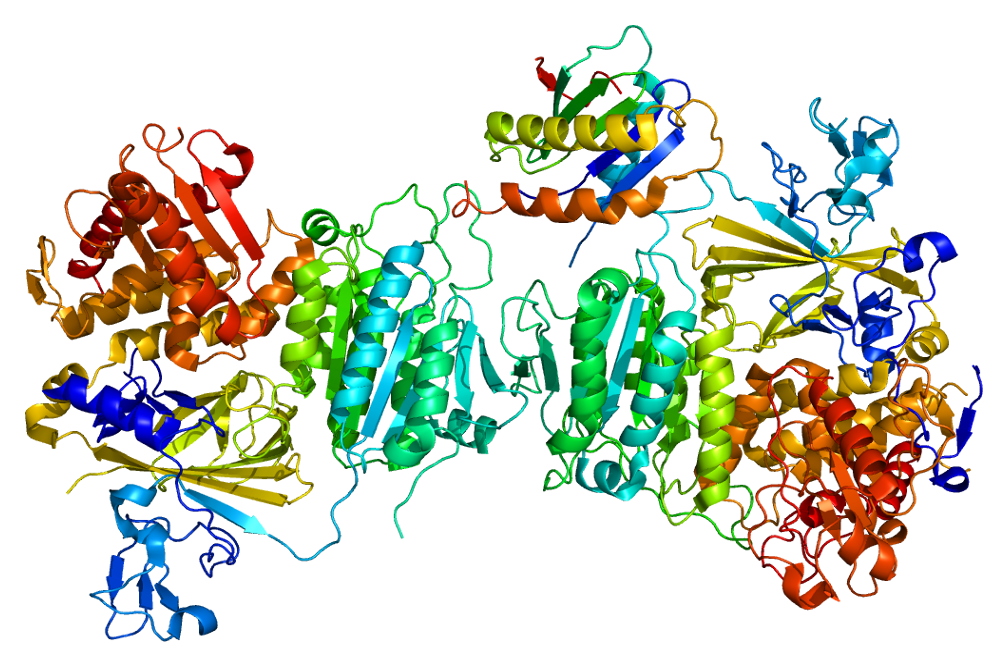Craniolenticulosutural Dysplasia

Craniolenticulosutural dysplasia (CLSD), also known as Boyadjiev-Jabs syndrome, is characterized by the specific association of large and late-closing fontanels, hypertelorism, early-onset cataract and mild generalized skeletal dysplasia.
Epidemiology
It was originally described in 21 members of a Saudi Arabian family, but six new cases from a consanguineous family and one unrelated individual have recently been reported.
Clinical description
Patients have abnormal hair, frontal bossing, hyperpigmentation with capillary hemangioma of the forehead, macrocephaly, significant hypertelorism, and a broad and prominent nose. In addition, CLSD patients have Y-shaped sutural cataracts diagnosed by 1-2 years of age. All affected individuals have proportionate short stature but intellectual development is normal. They have flat feet, joint hypermobility and abnormal dentition. Skeletal defects include scoliosis, high and narrow iliac wings and vertebral body defects. The anterior fontanel does not completely ossify in adulthood.
Etiology
CLSD maps to chromosome 14q13-q21 and causative mutations have been identified in the SEC23A gene.
Diagnostic methods
CLSD should be considered in evaluation of patients with late-closing fontanels.
Genetic counseling
Transmission is consistent with an autosomal recessive pattern of inheritance but other modes of inheritance can not be excluded.
Management and treatment
Treatment of the disorder is symptomatic.
Prognosis
The prognosis is good.